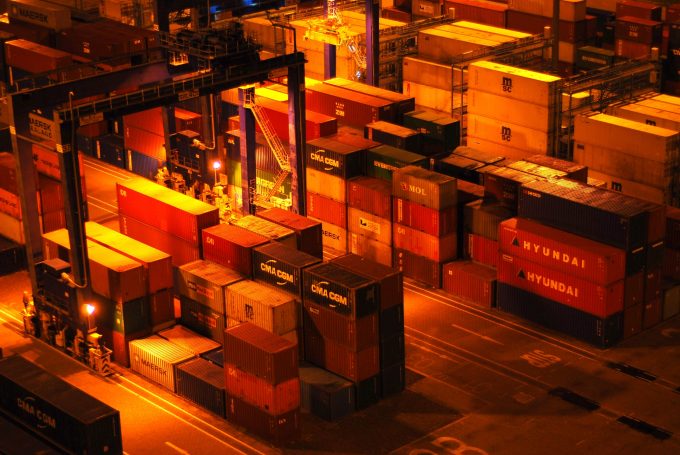Hauliers add surcharge for collections from congested London Gateway
Container haulage firms serving London Gateway in the UK have begun to introduce a £150 ...

With the pressure on equipment capacity showing no sign of abating, freight forwarders are increasingly turning to “shipper-owned containers (SOCs)” to minimise the risk associated with port congestion and potential penalties, amid Covid-induced supply chain dysfunction.
A study by Container xChange, a digital platform ...

Comment on this article